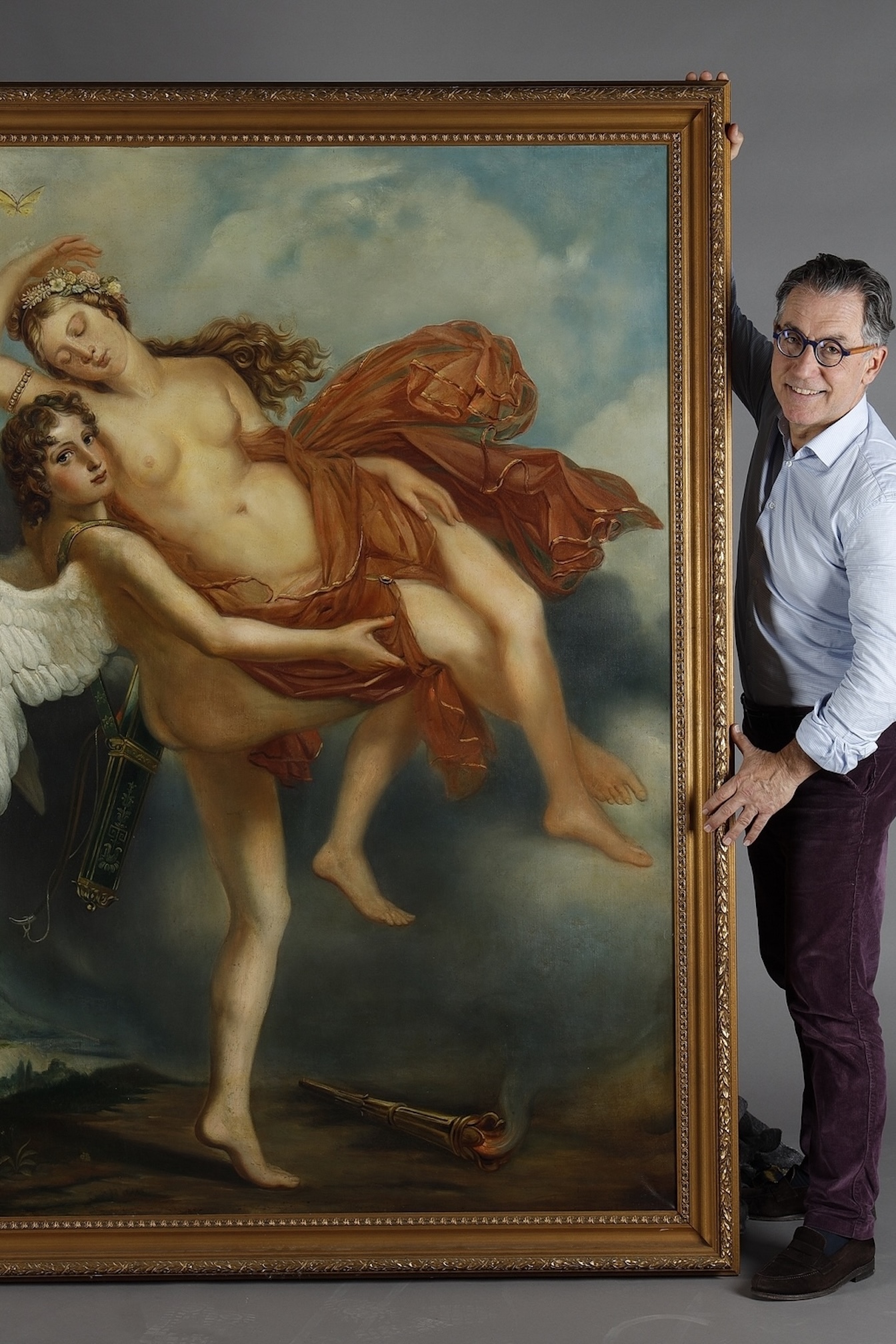Large format paintings in our collections
19.10.20
Large format and history painting
In the 19th century, painters used large canvases to depict everything related to their own time and earlier periods, including allegorical and mythological scenes, as well as still lifes inspired by the great masters of the past. These large paintings were exhibited at the Salon or intended to decorate bourgeois interiors. The large format was traditionally reserved for history painting , the noble genre par excellence, and one of the cornerstones of academic teaching since the 17th century.
At the École des Beaux-Arts , technical training was complemented by theoretical courses, including history and archaeology. The subjects of the paintings submitted for the Prix de Rome were drawn from classical history, mythology, and the Bible, and the winners of the " Grand Prix de Rome " enjoyed successful careers and official honors. In addition to high salaries offered by wealthy benefactors of the official academic system, they also received official commissions.
State commissions, particularly abundant during the first half of the 19th century, contributed to prolonging the supremacy of historical subjects. Their popularity was such that we even speak of the "century of History".
The genre and decline of history painting
In the academic system, still lifes were relegated to the lowest rung of artistic recognition. But the second half of the 19th century saw the academic hierarchy of genres dissolve as history painting evolved in a more intimate direction, embracing anecdote and the picturesque. Simultaneously, so-called "minor" genres gained prominence after 1848, when monumental representations of peasant life appeared for the first time in the canvases of Millet and Courbet. Narrative scenes, then landscapes and still lifes, abandoned the small formats previously reserved for them and adopted the large format, formerly devoted exclusively to ancient and biblical heroes.
Our two still lifes, each over two meters tall, are inspired by the paintings of Gaspare dei Fiori (1667-1732) , an Italian Baroque painter specializing in rich floral compositions against landscape backgrounds. The canvases, depicting opulent garlands of flowers, are executed in a luminous and vibrant color palette. They reflect the historicist and eclectic taste of the Second Empire, when decor, furniture, and works of art drew inspiration from the styles of the Renaissance, the 17th, and the 18th centuries.
from antique urns harmonize perfectly with the black lacquered, rocaille-style furniture, richly decorated with polychrome floral motifs, of the Napoleon III salons. Indeed, the floral theme spreads throughout the decor of the wallpaper, vases and furniture and becomes a typical element of bourgeois interiors.
 Large still life after Gaspare Lopez known as Gaspare dei Fiori (1667-1732)
Large still life after Gaspare Lopez known as Gaspare dei Fiori (1667-1732)




